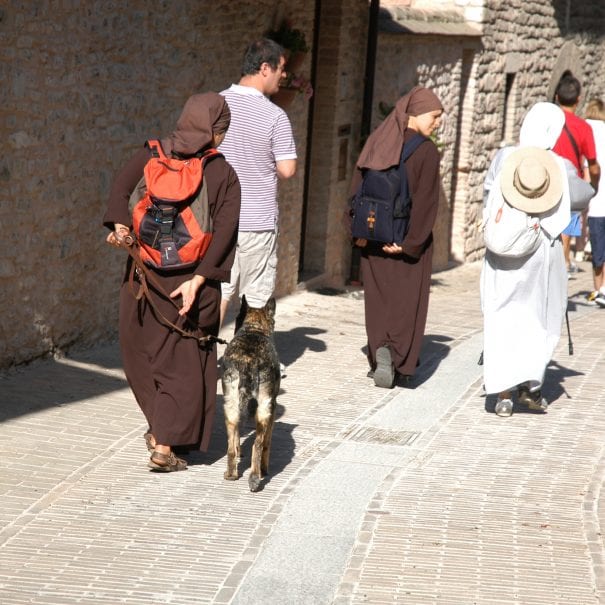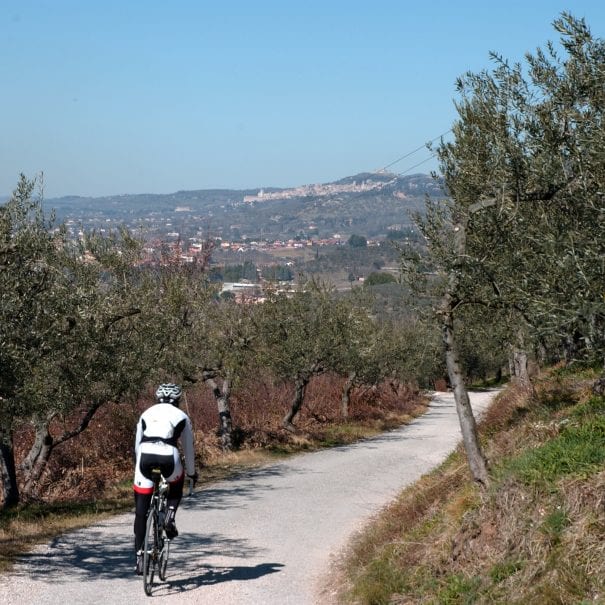Pilgrimages
Pilgrimages
Franciscan “Ways” and “Sites”
Contrary to the traditional stabilitas of monks, the mendicant orders established between the XII and XIII centuries were characterized by a strong inclination towards travel as a means to spread the Gospel. The Franciscan Order was no exception; Francis and his brothers moved incessantly–through cities and hamlets to preach the Word, but also across mountains and forests in search of isolated places to retreat in prayer and penitance. Outside Umbria and its environs, the Saint from Assisi undertook three long journeys in partibus infidelium: in the first (1211; cf. FF 417-418), he reached Dalmatia and in the second (1214; cf. FF 368; 1830), Spain (probably visiting Santiago de Compostela).


Only during the third journey would he finally reach the Orient (1219; cf. FF 1172-1174). Francis’ travels retraced the primary land and sea routes and passed through the most important cities of his time. Many Franciscan settlements, which Francis called “luoghi”—or sites–to underline their simplicity and small size (cf. FF 1561-1563), were established on the outskirts of cities, strategically near both the poor and a large populace to whom the brothers could preach and beg for alms. Over the centuries, many of these primitive settlements grew to become important convents, including churches and buildings rich in art. Other “luoghi”, however, were established in isolated spots in forests or on hilltops suitable for prayer, contemplation, and penitance.
Francis, himself, retreated to one of these hermitages, abandoning his mendicant life of preaching for a period of solitude, despite the protests of his contemporaries Saint Rufinus and Saint Claire, who insisted that his divine purpose was not a life of contemplation (cf. FF 1845). These peaceful convents, which are numerous along the route of Saint Francis’ Way, remain compelling symbols of Franciscan simplicity, with their rough architecture both perfectly in harmony with the natural surroundings and with the search for God which begins with the minute. Not merely historic relics, however, these hermitages are where passing pilgrims can still find modern disciples of Francis, men and women who are following in his footsteps and embracing the virtues of poverty, chastity, obedience, and charity towards their fellow man. Here travelers can share living quarters and experience the Franciscan rhythm of prayer and of life which only enhances the profound significance—both as humans and as Christians—of their journey along Saint Francis’ Way.

